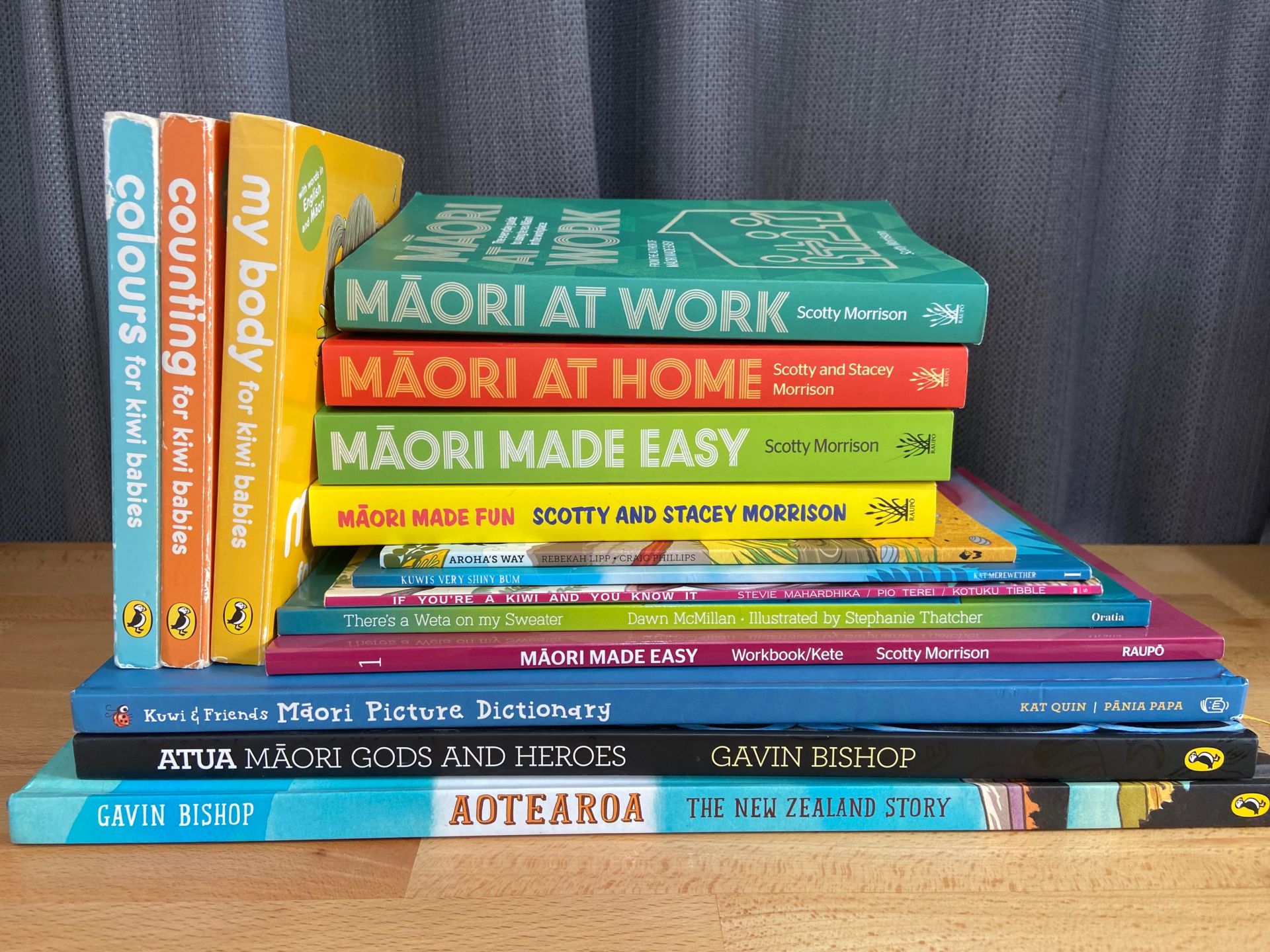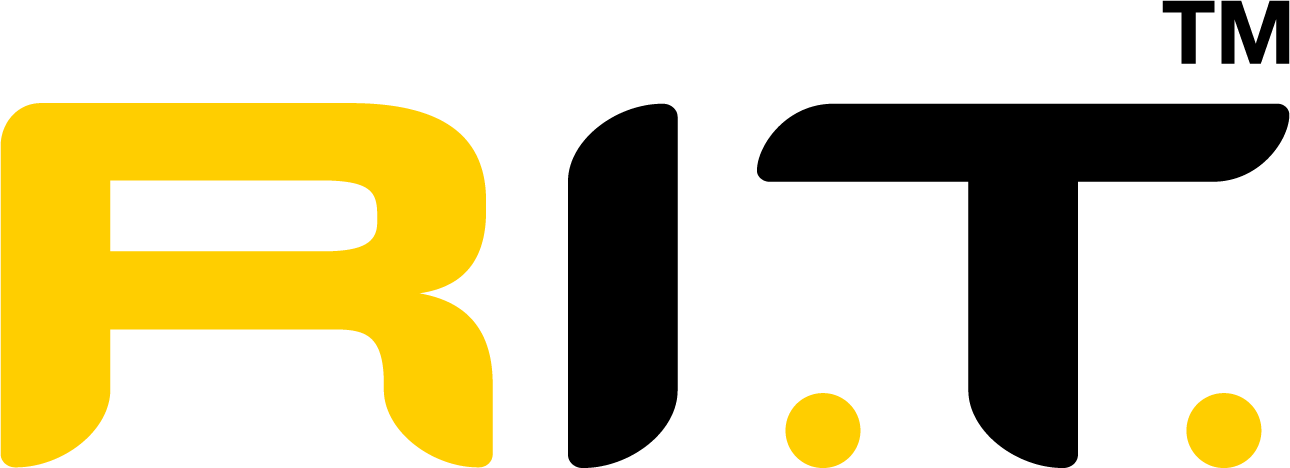Tips for learning te reo Māori alongside your tamariki
Firstly, let me start with a big disclaimer! I am a te reo Māori beginner and absolutely not qualified to give any ‘expert’ advice, but in the spirit of Te Wiki o te reo Māori, I thought it would be useful to share what has been helpful for myself and my family as we have embarked on our journey to grow our knowledge, use and appreciation of te reo Māori, in our everyday lives.
We have taken a whānau (family) centred approach to te reo Māori, and generally just try to bring more and more, little by little, into our everyday lives. Our tamariki (children) are fortunate to be surrounded by passionate and skilled kaiako (teachers/educators) who teach them a lot outside of the home, so we do the best we can to supplement that knowledge, build our own education, and create an environment where we can all learn and grow.
1. Give it a go – our first tip when it comes to learning and using more te reo Māori at home, is quite simply, to just give it a go! In the safety of our whare (house), with our own whānau (family), it doesn’t matter if we muck up our pronunciation, use the wrong word, or attempt a mismatched jumble of te reo and English… if you are giving it a go, and learning or trying out some new kupu (words), you will get a big ka pai (well done)! Or – be asked to explain your cool new te reo word to someone else in the family! We help each other out, rather than call each other out, when it comes to pronunciation… especially as some of us have some ‘unlearning’ to do when it comes to things like place names! (Towe-po, instead of Toe-paw anyone?) However, we are respectful of tikanga (Māori customs) and conscious of how te reo Māori and te ao Māori (the Māori world) are interconnected.
2. Positively acknowledging te reo Māori, wherever we see or hear it – as parents trying to instill an appreciation and knowledge of te reo in our children, we actively point out te reo being used around us, especially in ‘surprising’ places, or where it relates to our children’s interests or environments. We talk about how and where te reo Māori is used and celebrated at kura (school) and kōhanga (nursery/daycare) – for example, what the te reo values at my son’s primary school mean, and how they are correctly pronounced. We read and appreciate signs at the zoo, library and other awesome places that have te reo Māori signage and information available. As a family, we all voted for ‘Bird of the Year’ reading through and practising the te reo name for each bird (and bat!) on the website. We point out TV presenters using te reo (giving an extra gold star to those not from NZ, who are helping us to keep te reo alive). My 7-year-old was thrilled to see Australian sports presenters using te reo when the Australian Supercars Series competed at Pukekohe recently, and we talked about how awesome it was they showed ‘Haere rā Pukekohe’ on the TV, and used te reo greetings as they introduced and farewelled their audience.
3. Pukapuka (books!) – this is a BIG one for us. As well as a wealth of digital information and resources, there are some wonderful te reo Māori books available suitable for all ages. From baby books covering colours, numbers, body parts and animals; favourite NZ story books that have a te reo focus, or have been fully translated; Māori Picture Dictionaries (our favourite is the Kuwi & Friends version from Kat Quin, illustrated by Pānia Papa), beautiful non-fiction books like those from Gavin Bishop (I love to give these as gifts, as the illustrations are simply stunning!); through to many, many options for adults at various stages on their te reo Māori journey. My personal favourites are the series from Scotty & Stacey Morrison, which includes ‘Māori Made Easy’, ‘Māori At Work’, ‘Māori At Home’, a number of workbooks and even a ‘Māori Made Fun’ puzzle book.
4. Simple labels and visual examples of te reo Māori – our weekly planner stuck to the fridge came with the days of the week in English on it, but now written above those are the days of the week in te reo Māori – Rāhina, Rātu, Rāapa, Rāpare, Rāmere, Rāharoi, Rātapu. We also try and write items on our shopping list in te reo and have other written/visual te reo around us in the home wherever possible, to back up and reinforce our verbal use and kōrero (speaking) in te reo Māori.
5. Approach it with a growth mindset – for us, our te reo Māori journey is a slow burner. We won’t turn into fluent te reo Māori speakers overnight, and we won’t always ‘get it right’ with what we learn and know. Our goal is to keep learning little by little, and ensure our family has an open mind and an open heart, when it comes to learning, sharing and revitalising te reo Māori.
The next challenge for our family is to Kia kaha, Kia māia, Kia manawanui (Be strong, be brave, be steadfast) and practice our te reo Māori more outside of our home, and build our confidence using it everyday, and everywhere.
Kia kaha te reo Māori!

Our Favourite Pukapuka:
- Penguin ‘for kiwi babies’ series - https://www.penguin.co.nz/authors/fraser-williamson (these are fantastic bilingual early-learning books covering things like colours, numbers, animals, body parts and more)
- Kat Quin books and resources - https://www.illustrated.co.nz/ (we LOVE this Picture Dictionary - https://www.illustrated.co.nz/product/kuwi-and-friends-maori-picture-dictionary)
- Gavin Bishop books - https://gavinbishop.com/books-recent.html (our favourite is ‘Atua’ which just won Gavin Bishop his fifth Margaret Mahy Book of the Year award)
- Scotty & Stacey Morrison books - https://www.penguin.co.nz/authors/scotty-morrison (these books are widely available at most good bookstores, and online)
Connect with us!




